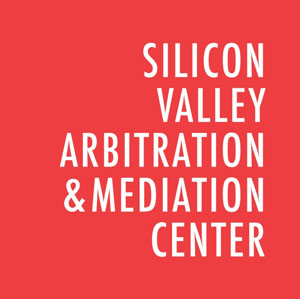Those of us in law’s antitrust community sometimes wonder if we have silently labored in distant fields, known only to “deep-state intellectuals” in the Justice Department and Federal Trade Commission. As arbitrators or mediators, we wait patiently by the phone—happily taking on a wide range of business disputes, but seldom seeing cases in our favored but small specialization silo.
But antitrust-ers now rejoice! Even our government agencies, for the first time, have turned to arbitration to determine the outcome of a merger challenged for antitrust reasons.
In U.S. v Novelis Inc., et al., Case No. 1:19-cv-02033 in the Northern District of Ohio, the DOJ had challenged as harmful to competition a $2.6 billion acquisition by Novelis of Aleris Corp. Both companies produce aluminum used in auto manufacturing. As is often the case, the lynchpin issue was market definition: Does the “relevant market” for antitrust purposes include steel used in auto manufacturing as competitive with aluminum, as argued by the companies? Or should the competition analysis focus on the DOJ’s more limited aluminum market?
Using authority granted by the Administrative Dispute Resolution Act of 1996 (but never used before), the DOJ agreed with the parties on submitting the market issue to arbitration. If the arbitrator (a highly respected antitrust lawyer) found the larger “all metals” market to be the correct one, the DOJ would drop its challenge; if the DOJ’s market definition won out, the parties would divest one of Aleris’ plants. On March 9, the arbitrator announced his decision in the DOJ’s favor, requiring the divestiture remedy.
Arbitration was characterized by Assistant Attorney General Delrahim as “an effective procedure for a streamlined adjudication of a dispositive issue,” noting significant savings in time and money for the agency and parties alike. He signaled the likelihood of using arbitration again future merger challenges where appropriate.
I note, however, that a prerequisite of arbitration will always be agreement by the parties on the terms of engagement. Since parties litigating a merger challenge can easily spend tens of millions of dollars in that pursuit and suffer a shadow on their businesses for 6-12 months, the arbitration time and cost savings for merging parties should provide ample incentive. Now that an apparently successful precedent has been set, there is hope for continued resort to ADR in merger challenges—and perhaps a broader range of antitrust enforcement disputes.
We neutrals who love competition law and economics could not be happier at the prospect of increasing resort to ADR for those issues.
